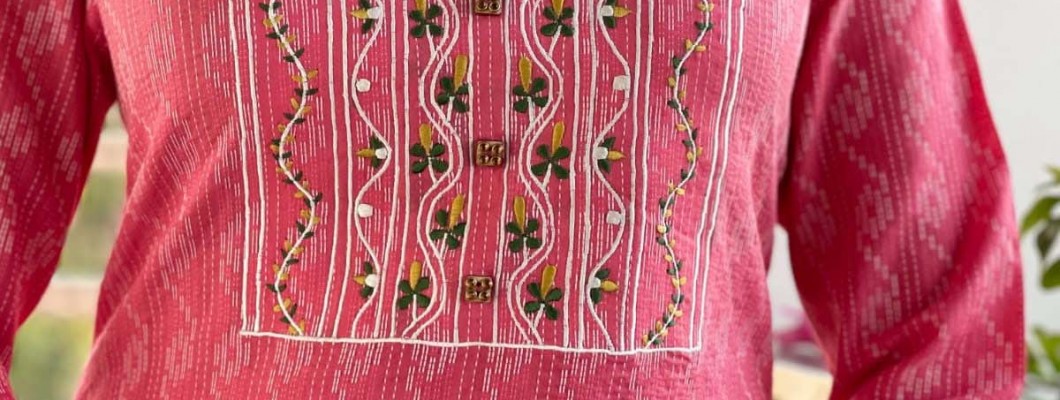
Khadi, a household name for all Indians, is any cloth that is hand spun or hand woven. Usually, it is made using cotton, but it can be made using other materials like silk and wool. This has led to the creation of khadi silk and khadi wool.

History
An archeological dig into old Indian and South Asian civilizations has revealed that the civilizations, including the Harappan civilization, have been adept at textile creation. Terracotta spindles and bone tools have been found that have been used for hand spinning and weaving.
More than 70 years ago, Mahatma Gandhi used this fabric to create a base for the Swadeshi movement and indirectly, the freedom movement. The mind immediately jumps to the image of Gandhi spinning the ‘charkha’ and campaigning for the people to make their own fabric.
Technique
Khadi is mainly manufactured in two main steps. The first step involves turning the raw fiber into yarn and requires the use of spinning tools like the Charkha. The second step involves intricate weaving of the yarn to create fabric. A lengthier process, it is often done using machines like the handloom and power loom. Smaller steps like dying and strengthening the material are also involved in the manufacturing process.
Khadi Today
Since the late 90s, Khadi has slowly worked its way into the fashion industry and has now become a popular fabric. Various designers, big and small, and taken to creating apparel from this textile. This unique fabric keeps one warm in the winter and cool in the summer. Debarun Mukherjee, a designer, used Khadi to create a line of the very first wedding wear. Various other known designers like Sabyasachi and Ritu Beri have also used the material to create collections that blend traditional fabric with modern stylish silhouettes.

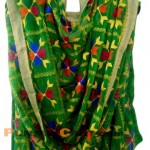
-150x150h.jpg)
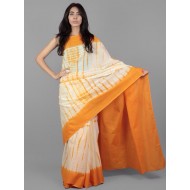
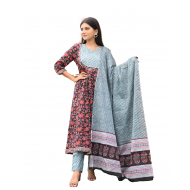

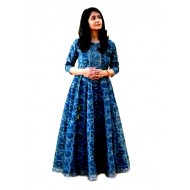
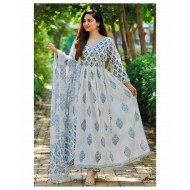
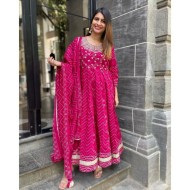
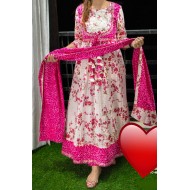
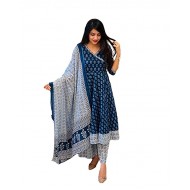
Leave a Comment